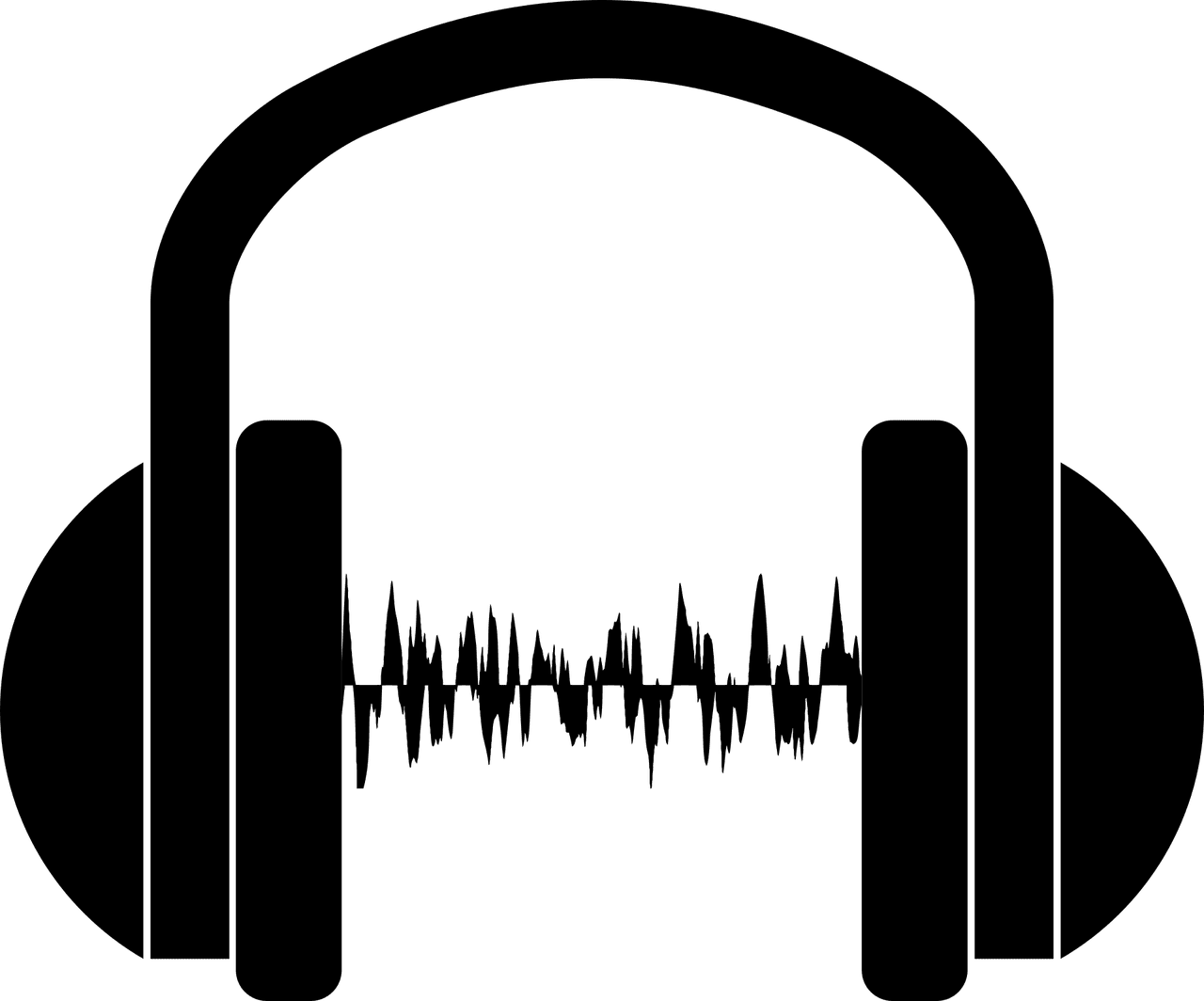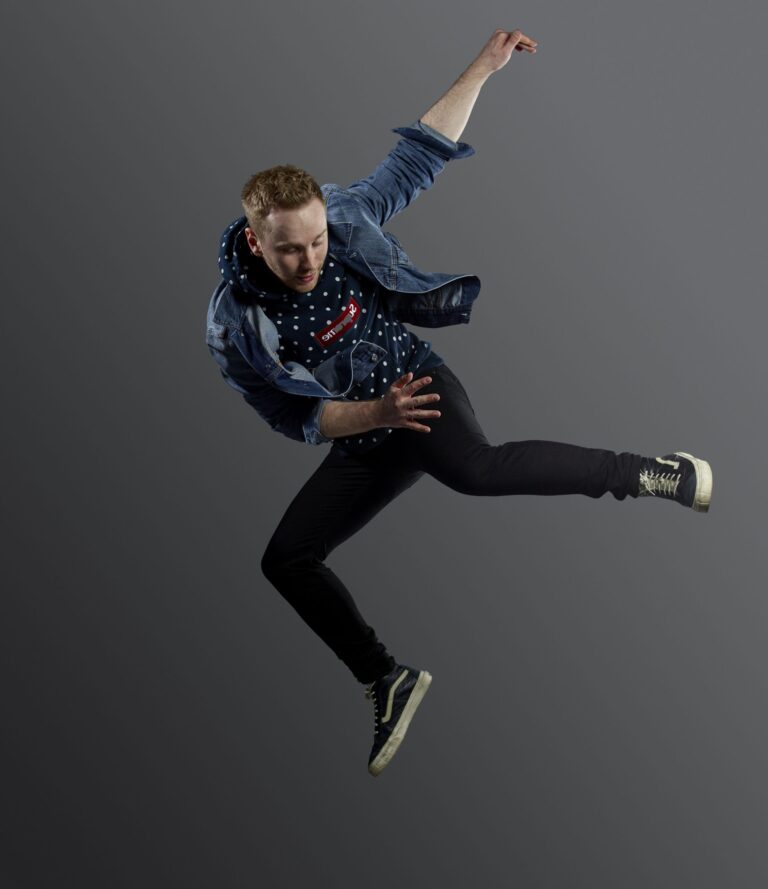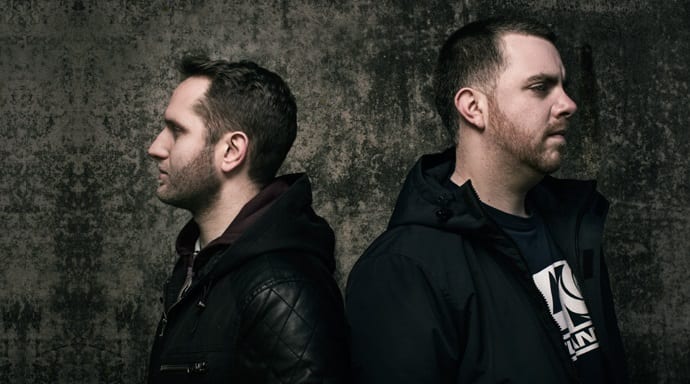Ever heard ringing in your ears after a night out? That’s the sound of you losing the ability to hear that particular frequency.
Technically what’s happening is this: your inner ear is home to thousands of tiny hair cells that transmit frequencies into electrical signals to your brain. When those hairs are damaged you lose the ability to hear certain frequencies – so your brain makes its own frequencies, which is the ringing.
Those hairs don’t grow back. Your ears never toughen up or get used to high levels of volume. Quite the opposite, in fact…
“’Getting used to’ louder levels is actually another sign of hearing loss rather than your ears becoming stronger,” clarifies Alex Cox from US-based HD hearing protection company EarPeace. “Many people believe that hearing problems are something that won’t affect them, or ruined to the point it’s beyond repair. What they don’t realise is that hearing problems generally manifest over time, rather than appearing immediately.”
Lengthy exposure to excess volumes will result in sensorineural hearing loss, which is gradual loss of hearing over time and tinnitus – an ailment that is now believed to affect approximately one in five people in Europe alone and, at its worst, can cause severe depression and, in very rare cases, suicide.
To give you an idea of what constitutes as excess volume, see the table below using audiologist data and consider that a standard club system is usually around 90db and festival soundsystems reach peaks as loud as 130db.

Exposure time is much shorter than you’d expect. Just one night out without hearing protection will technically affect your hearing.
Things are improving: hearing protection awareness is much more prominent now, more venues and festivals using quality soundsystems that don’t distort and create harmful frequencies, headphones are much better quality than they were even as recently as 10 years ago and productions are hitting with much cleaner, roomier mixdowns which don’t redline at max headroom. But it’s still a huge danger.
With a reputation for the loudest mixdowns, a history of heavyweight soundsystems and the fact that it really does sound better LOUD: drum & bass is no angel when it comes to potentially damaging exposure time. So we called four of the biggest names in drum & bass to understand their own experiences and how we might learn from them.
Ranging from Andy C’s lucky escape to Optical’s lengthy recovery from what was initially feared to be a career-ender 10 years ago, these are four personal and frank testimonials that give you an idea of how prevalent hearing impairment is and how they’ve dealt with it.
The doctor originally said I may never DJ again. This killed me for a while.
Andy C
“I’ve looked after my ears for almost 15 years. I still remember the very night I made the decision to invest in good hearing protection. It was my third show of the night and the monitors were screaming. As I was driving back from the show I was in pain in my ears. It was scary and one of the only times I’ve thanked 45 min sets – any longer and I would have been in serious trouble! Literally the next day I was booked in with an audiologist and got my moulds done.
“Hearing protection just wasn’t a thing when we started. We just didn’t think about it and we didn’t know the hearing protection like the moulds even existed. Then key guys who were absolutely killing it – guys like Optical – started having issues with their hearing and it made a lot of us wake up and sort ourselves out pretty quickly.
“I think now if you’re in this industry as a DJ or a regular club goer you’re mad not to wear earplugs. I know they take time to get used to – my first set with my earplugs in was really weird. I took them out after five minutes! But you get used to it don’t you? One of the biggest things for me was that you can’t hear the crowd as much. But you get used to it and I put my earplugs in the minute I arrive before I even get in. This ensures the lower volume level is the norm long before I even start DJing – whatever the sound is, that’s the norm. You can have conversations, you can hear the guys playing before you, it’s not like someone has gone up and covered your ears just before you start playing. One thing it has done, I have to be honest, is turn up the monitors. So be careful if you come and stand next to me in the booth! But hearing protection has developed so it’s not about volume, it’s about filtering out the really nasty scratchy frequencies on the top end.”
DJ Fresh
“Anyone who knows me will tell you that I monitor at levels that make the loudest, noisiest DJ frightened to come into my studio. I’ve always accepted it was inevitable that my hearing would get damaged. I had a pretty optimistic bet that with the way technology is developing there would be a solution by the time my hearing has got so bad. It was stupidly massive gamble looking back…
“I’ve always had a slight amount of ringing in my ears anyway, for as long as I can remember. It gets worse after particular shows or studio sessions – for example when Bad Company are around! It never surprises me when it gets worse, but psychologically it never got the point for me where it got for a lot of my friends. There are some amazing, hugely talented people who’ve been completely freaked out by it which is very scary and saddening to see and was one of the reasons I’ve got involved with awareness campaigns because I’ve seen how bad it gets.
“In some ways I consider myself to be a cause of tinnitus as much as a victim so I have a responsibility to help out. I’ve been surrounded by DJs, producers, club workers since 18 – it’s common place that it’s assumed you have it. Luckily it’s common place for people to be wearing hearing protection now. I wear earplugs religiously when DJing.
“Do I still monitor loudly in the studio? It depends… If I’m writing a song then it’s pretty quiet. But heavy bass music? That has to be louder because I need to know I’ve got the right subs! That said, Dillinja taught me this thing where you put your hand on the speaker cone to literally feel the bass level and I use spectrum analysers a lot more now. I’m nowhere near as bad as I used to be.
“The main thing I want to say though is that anyone suffering any level of hearing should try and remain as optimistic as possible. There’s a lot of information out there saying your ears will never recover and you’re fucked for the rest of your life. I don’t subscribe to that theory – I’ve seen guys who have felt like their lives are torn apart through this come back stronger than ever. You have to stay positive.”
London Elektricity
“I’ll never forget the night my tinnitus first came on: it was 2001 and we were launching Plastic Surgery 2 at Movement in Bar Rumba. I was there from start to finish and the system was so loud it was on the edge of distorting. A distorted system is a lot worse for your ears because of all the additional transients. The ringing started there and has never gone away.
“Of course it wasn’t that night that caused it. It was the straw if you like. If I could rewind and tell myself to look after my hearing then I’d go back 10 years before to my days in bands. But I wouldn’t have listened… I was in the mindset of not caring what happens after I’m 30.
“It’s important to make peace with it. People can get depressed and suicidal with it because it’s there for life. Tinnitus is basically a phantom signal, it’s your brain trying to make up for the fact that some its sensors are broken. So you have to find peace with it. A lot of people say they can’t sleep because of it but for me it’s a soothing blanket. It’s like putting earplugs in when there’s a noisy room next door.
“One occasion when I had a bewildering experience with it was where I was getting sub bass sent tinnitus. It shocked me, I didn’t know it existed. But I was at home in my pyjamas and could hear this ‘whomp whomp’ type of sound like you hear at a festival when you’re in your tent. I was like ‘fuck! Someone is having a rave down the road! What’s going on?’ So I walked out into the road to see where it was coming from – while still in my pyjamas and slippers! I came back in and my wife had been looking it up. It’s a real thing and was very rhythmic. Almost enjoyable.
“I spent a bit of time being worried about it. Once I realised it was going to be with me forever I thought there’s no point in being stressed by it – it’s part of me now. It’s a form of deafness. I’ve got it in my left ear but not in my right. When I’m in a meeting I have to wear my hearing aid to hear people properly. Hearing aids are very sophisticated to pick up the frequencies you can’t hear so well but it’s not advisable to wear them in the studio because it creates false frequencies. As a result I’m forever losing my earplug in the office and some poor team member has to find it.
“It’s been 15 years since I was diagnosed and I’ve accepted that it’s part of who I am and my song Bells In My Head is actually about tinnitus. I feel it’s responsible thing to do: to talk about it, to write songs about it, to highlight how much of a serious issue this is in our industry: you’ve only got two ears, they’re not like milk teeth and bigger better ones will not grow back. Awareness is so much better now, mercifully, and it can only get better.”
Optical
“It was mid 2005 when I knew I was in trouble with my hearing. I can pinpoint the very moment: We’d been rebuilding a new studio and I was carpeting the concrete walls with a staple gun for hours on end and the noise was really annoying me. Then I got this filter bank, fiddled around with it and did this huge sweep that blew my speakers. The ringing started at that moment and it’s never gone away.
“By then I’d been DJing for 13 years. It was bang in the middle of another really busy year and I had to take six months off. The doctor originally said I may never DJ again. This killed me for a while. For over 10 years before I had been working between 15-20 hours a day in the studio engineering for people, producing for myself and DJing. It was my life’s work taken away from me. I left school with no qualifications – I was 30 and was worried I would have to totally retrain for something. I did in a way… During that time everyone was moving from an analogue set-up to in-the-box so everything I knew was no longer relevant and I was too scared to go back into the studio to learn new techniques. It was fucking scary for a while. Really frightening.
“I’d say it was at its worst for around three years or so. I was still DJing because I had to – that was our main source of income. I had earplugs with a db reduction of 50 and I hated them – it looked like everyone was having fun but I wasn’t. I felt disconnected. Ear protection has improved hugely now and I worked out my own studio approach to suit my hearing issues, too.
“Luckily I can now say that, over 10 years later, it doesn’t bother me at all. You do get over it. It never goes away – you just tune it out. If you get annoyed or frustrated then it’s the worst. The brain has developed to focus in on sounds so the more you stress on it, the worst it gets. The cure is to learn the love the noise. Well no, actually the cure is to protect your ears in the first place.
“I’ve worn earplugs ever since. Well… Most the time. I’m no angel and I do love a loud system. But when I’m playing on one I’ll have the monitors turned right down. A lot of DJs who wear earplugs crank up the monitors too loudly which completely counters any good work you’re trying to do for your hearing. I won’t mention names but there are guys who have things so loud on the monitors I have to ask an engineer to go up to the stage and turn it down because it’s too loud for me!
“I think overall we’re in a healthier place now anyway: drum & bass mixdowns are no longer totally flat-topped with everything turned up as loud as you can. Square waves are really bad for your midrange hearing and it’s great people have backed off and not smashed the red. Look at Break’s Who Got Da Funk and how popular it is – that’s not in the red at all but still bangs. Rigs have improved, too – they can accommodate quieter tunes a lot more with headroom and gain.
“It’s mad, I can talk about it now and it brings up no emotion at all. But for years it was a lot to deal with. It got dark and the massive gap in my catalogue is the period when it got its darkest. I’m through it now but I wouldn’t wish it on anyone… Ear protection is essential.”
Tips on hearing protection
Reducing the volume by just three decibels will double the amount of safe exposure time in a noise environment. Depending on the production high quality moulds and HD filters such as EarPeace will reduce harmful frequencies and decibels by as much 15-20db, creating a much safer experience. To repeat the DJs above – you’d be mad not to.
Put the ear plugs in before going in to a venue. This gives your ears time to adjust to having them in.
If they are uncomfortable start wearing them around the house. Wear them to the shops or on the tube. Get used to having them there to the point you forget there’s anything in.
Wiggle them around in your ear to get better clarity. Sometimes loosening them a bit helps. It depends on the soundsystem.
Don’t push them in too far.
If you’re going to be taking them in and out all night, have a dedicated ear plugs pocket.
Rinse them with cloth and water.
Lift your ear with the opposite hand when inserting them. This will straighten out the ear canal, ensuring a much better fit.
Try to take regular breaks from the music and relax your ears.
EarPeace are event partners for the Drum&BassArena Awards 2016. Find out more.


